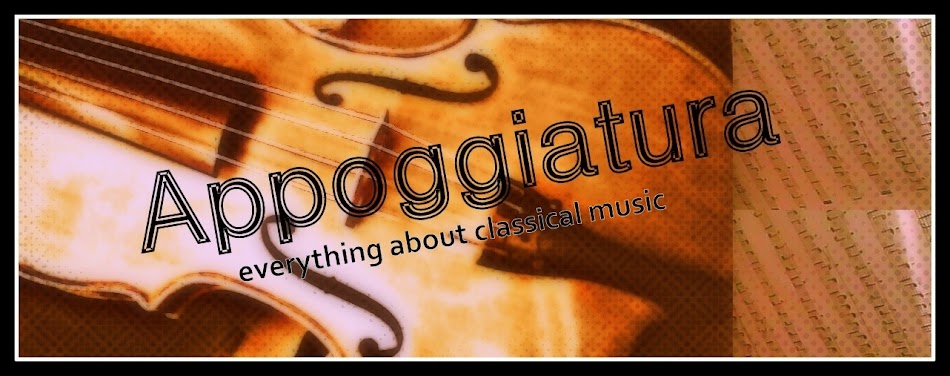This is the endless pursuit of classical musicians: working hard to perfect all skills needed to master the art of making music (technical skills, musicality, dynamics, toucher etc.)
Sight-reading is quite important for classical musicians. I say 'quite' because I don't believe sight-reading is essential for making music. Technically speaking, you need only hands and a good ear to play the piano. (Having legs and feets for using the pedals is useful too though...)
However, I do believe the ability of reading sheet music allows you to better understand the structure of a piece and the composer's intentions. I see sheet music as a treasure map the composer left behind so we can try to discover his musical treasure. It's full of hidden clues. The dynamics, great structures you discover, interesting notes... Learn to love it!
However, I do believe the ability of reading sheet music allows you to better understand the structure of a piece and the composer's intentions. I see sheet music as a treasure map the composer left behind so we can try to discover his musical treasure. It's full of hidden clues. The dynamics, great structures you discover, interesting notes... Learn to love it!
Sight-reading or 'sigh-reading'?
It is really a matter of exercise. Let me share my own experiences with sight reading in the past. I think everyone goes through the same phases:
1. It all starts with a huge obsession with a piece. Let's say for example Rachmaninoff piano concerto no. You hear it all day long for weeks until you decide you want to play it too. On a grand piano in a concert hall with the Berliner Philharmoniker, preferably tomorrow. So you take the sheet music and start with a cup of coffee and good dose of concentration and disciplin.
2.You read the score until +- page four. You stumble upon an impossible scale, no, two impossible scales, with both hands, simultaneously. Skip the passage, turn the page and go to the easy stuff.
3. After a few more pages, you just get bored, tired and frustrated because you realise you won't be able to play the Concerto with the Berliner Philharmoniker tomorrow -not even with the amateur orchestra from your neighbourhood-
4. You put the sheet music away and leave it on a shelf, doomed to get yellow and dusty.
Now, all these things are completely normal and human, except for phase 4!
Let's erase it and try again.
4.
Score analysis (the game)
Remember the parlor game Concentration? With cards laid face down on
the table and you have to turn two cards over each turn and try and
find a pair of matching cards? Also called Memory, Pelmanism, Shinkei-suijaku, Pexeso according to wiki.Well,
here is good news: Sheet music is almost the same thing! Nay, it's
better because the 'cards' (sheet music) are not facing down!
You don't even need a piano to play this game.
You don't even need a piano to play this game.
Get away from the piano, have some more coffee, go and sit on the sofa and take a look at the sheet music.
Let's look at an excerpt from a piece I played a while ago, Chopin Etude op. 10 no. 3.
Now, let's find the matching pairs.
This passage may look unreadable at first. 11 'Groups of notes', hence the red numbers.
Now let's take a look again. Here's what I did on the sofa with my cup of coffee:
The same groups of notes share the same color now. We reduced 11 unreadable groups to only 5 and it took me no more than a few minutes!
Now practise the groups and memorize them. Find the patterns, look for similarities.
Thinking in 'groups' and patterns rather than just notes will help you a lot when sight-reading future new pieces. You will 'get' the piece much quicker.
In short, what is the best way to improve your sight-reading?
Just do it. I know this sounds very boring, but that's honestly the best
way in my opinion. There are some books and methods out there made
especially to help you improve your sight-reading, but reading random
pieces from great composers works too.
The analysis game works great if you face difficult passages, but it's also good to just 'plod on.'
The analysis game works great if you face difficult passages, but it's also good to just 'plod on.'
Our brains are very efficient at remembering patterns and
elements. (Google 'synaptic strengthening' ) After reading for example a difficult Mozart piece, it will be
easier to read other classical pieces because you will recognize the
same kind of patterns and elements you stumbled upon in Mozart.
Clementi,
Mozart, Beethoven are good composers to start with. The rhytmical
structures of classical music are not so complex in general, thus you can
focus completely on reading the notes.
In my opinion, reading impressionistic, romantic, contemporary music, say Debussy, Ravel, Rachmaninoff, Prokofiev, Stravinsky (ouch!) can be as hard as eating soup with a fork, depending on the piece. The most important thing is: choose pieces you like! Skip the boring stuff, look for pieces you are passionate about. You will not even notice you're practising your sight-reading skills because you will be too excited playing and discovering your favourite piece through our treasured treasure maps: scores.






